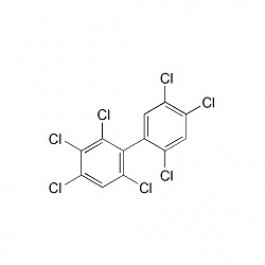New user? / Forgot your password?
0 Item | 0,00 €
Need NMR solvents or supplies? Click here and check out our ARMAR Isotopes catalog!
PCB 183 Solution (Solvent: Isooctane)
| Item number | 687977 |
| CAS | 52663-69-1 |
| Formula | C12H3Cl7 |
| Molecular weight | 395,32 g/mol |
| Quantity | 1X5ML |
| Concentration | 100 µg/ml |
| Solvent | Isooctane |
| storage conditions | 4 °C |
Product Variations:
Product | Catalog No./ CAS No. | Quantity | Price | |
|---|---|---|---|---|
PCB 183 solution |  | 687977 | 1X5ML |



